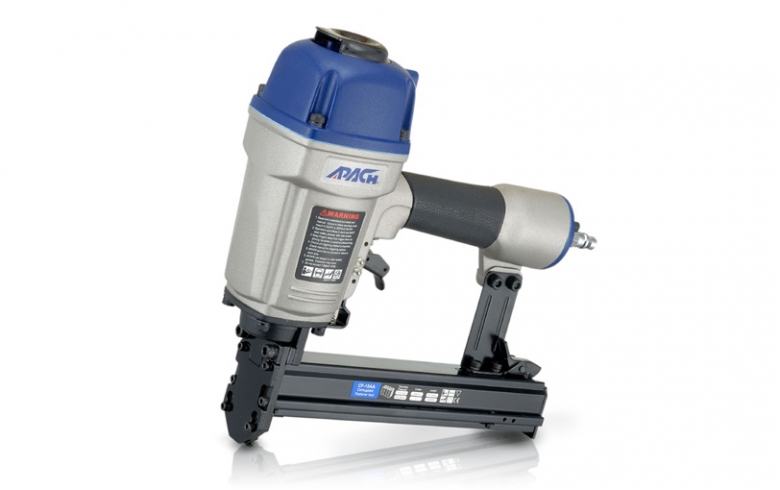CNC stands for Computerized Numerical Control that means that a CNC lathe is controlled by a computer. It moves automatically. In the other hand, in conventional lathes series, all the movements are manually done by the operator.
The big advantage of a CNC lathe over the conventional is that once it is prepared to run (program and set-up) by a skilled technician, it requires a less skilled operator to load raw material, push “the green button” and inspect the parts made. While a conventional lathe requires a skilled technician to make every single part.
To some extent, a CNC machine is less complicated than a conventional machine, because the computer can move all axes simultaneously with high precision. Doing arcs, for example, is easy in a CNC while in a conventional it will require a special tool or an accessory.
It can be done with 3 tools in a CNC lathe: A tool for facing, turning the cylinders, tapers and the convex arc, a tool for cutting the threads and a tool for cutting the concave arc and cut-off the part. A similar part with different tapers and arcs will use the same tools and minor changes to the program.
Now, to do the same part in a conventional lathe, it will require 5 tools: A tool for facing, turning the cylinders and the tapers, a special tool for cutting the convex arc, a special tool for cutting the concave arc, a tool for the threads and a tool for cut-off the part. A similar part with different arcs will require different special tools.
But it is not only the tools: To make a thread in a conventional lathe you need to put a specific set of gears to coordinate the axial movement with the spindle. Different threads require different set of gears. A CNC lathe doesn’t need gears arrangements to make threads, only changes in the program.
Also, to make the tapers in a manual lathe you need to set the auxiliary tool carriage (or a special accessory for low angle tapers) to the required angle, cut the taper, and then reset a different angle to cut the different taper.
There are some myths, like a CNC is more precise or faster than a conventional machine. In reality both machines can deliver high quality, high precision parts with high turnaround as good as the technician is. The difference in cost is that a high skilled technician and 3 less skilled operators can manage 6 CNC machines (or more if the parts have long cycle times), while 6 conventional machines will require 6 high skilled technicians.
CNC-TAKANG is one of the leading conventional lathes manufacturers in Taiwan. We have offered comprehensive range of metal working machinery since 1973. In order to satisfy ever-changing machining demands, we always devoted ourselves to developing new products and striving for innovative R&D. If you need more information about conventional lathes or cnc lathe series, welcome to visit the website of CNC-TAKANG and feel free to contact us.
Article Source: https://www.quora.com/What-is-the-difference-between-CNC-and-conventional-lathes


